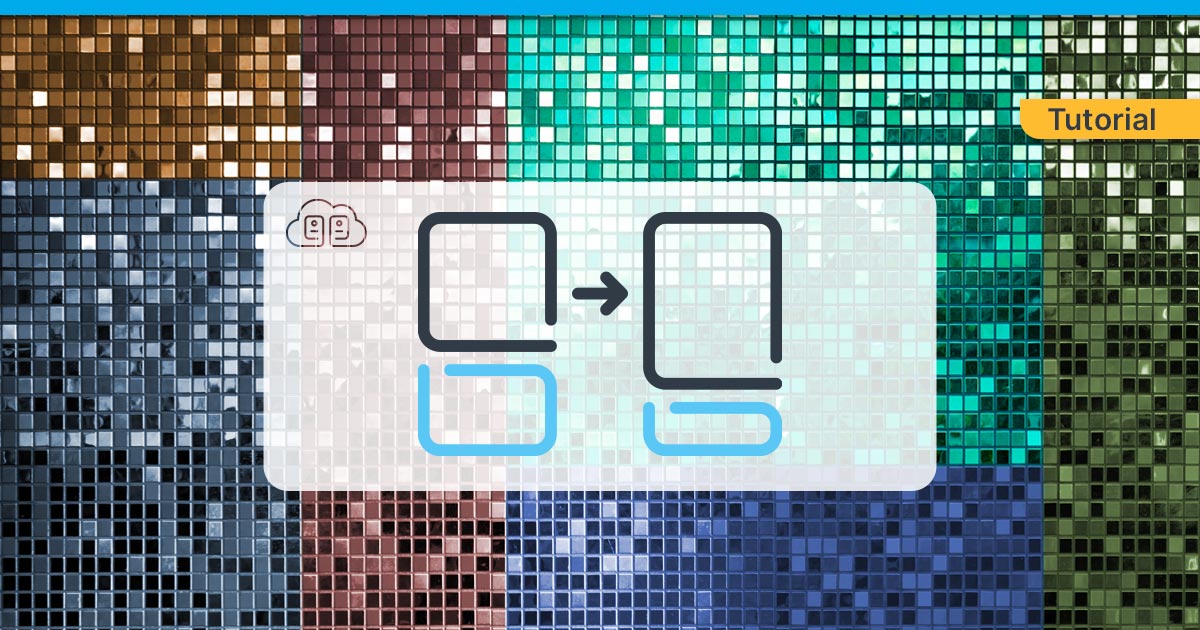What are Partitions?
Imagine a laptop with a 500 GB disk and Windows as the operating system. By default, Windows is installed on the 500 GB disk. But what if you want to have both Windows and Linux? That’s where partitions come in. For example, you can create a 400 GB partition and a 100 GB partition on your 500 GB disk. Now your physical disk acts like two separate disks which means you can install Windows on one partition and Linux on the other.
In other words, partitions are logically separated parts on a hard drive that are treated as if they were separate hard drives. That means, each partition can have its own file system on it and they can also be encrypted.







